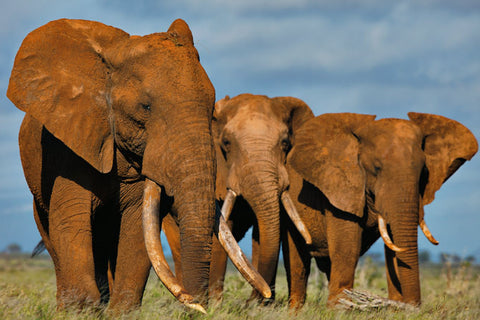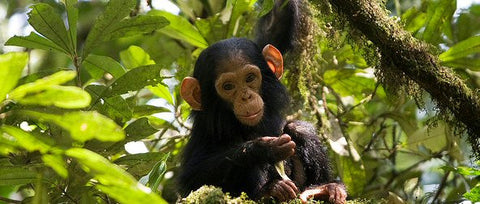The name comes from the Maasai word 'siringet' which means 'endless plains', and the Serengeti is just that. Within its 14,763 square kilometres (5,000 square miles) dwell an estimated 3 million large animals - this is one of the world's last great wildlife sanctuaries. It is from here that the famous army of grazers begins its legendary trek in search of new grazing lands. The best time to see heavy concentration of game is between January and February.
Life on the Serengeti is a complex cycle, the defining factor of which is the rain. Though the precise timing varies each year, it usually occurs around May. The columns of herbivores stretch up to forty kilometres long (25 miles) as they make their way up north toward Kenya's Maasai Mara from where they eventually return some eight and a half months later.
Packs of wild dog usually follow, preying on the sick and weak. Cheetah, lion, leopard and hyenas can be frequently spotted at a kill but - more so in the Seronera Valley which is characterized by an amazing abundance of mainly lion and leopard. Often rock hyrax can be spotted on granite mounds in the sunset over Serengeti plains, they burrow close to these small outcroppings keeping a watchful eye out for serval cat and jackal.




